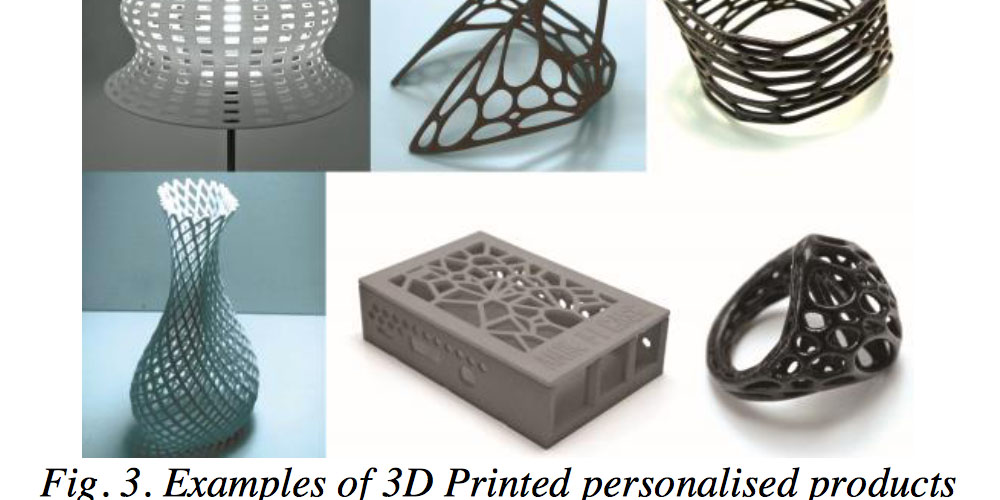3D printing is an additive production method that was established in the 1980s. Today, there are numerous forms of 3D printers and printing techniques. This production method is used to make a wide range of parts. 3D printed products are known for their incredible characteristics. This post looks at the qualities of 3D-printed parts.
Qualities of 3D printed products
Below are some characteristics of products printed using 3D technology:
1. Better designs
One of the primary benefits of 3D printing is that it does not limit your visions. It allows you to create any design that you can envision and transform it into a physical product. Therefore, one of the characteristics of 3D printed parts is that they feature better designs. Note that 3D printing is used in rapid prototyping. Here, 3D printing allows for changes to the design to ensure that it is perfect before releasing it to the crowd. Therefore, more often than not, 3D printed products feature fewer design flaws. It is also worth mentioning that the only way 3D printing would produce flawed products is if the CAD models are not produced properly.
2. Better quality
3D printed products also feature incredible qualities. This is because the technique can be used to make intricate designs. Also, various materials can be applied to ensure the quality is exceptional. The quality is also ensured because 3D printing allows for the step-by-step assembly of the products. Doing this ensures that there are no issues that could impact the quality of the products.
3. Cost efficiency
Additionally, 3D printed products also tend to be cost-efficient. This is because of the reduced cost of the production process. 3D printing is mainly automatic. This means that it does not require human labor. The machines take care of the production. Therefore, there are no labor costs. This significantly impacts the cost of 3D-printed products. Manufacturers or organizations do not have to factor in high labor costs when establishing the prices for their products.
Additionally, some of the machinery used in the production process is not as costly as other machines, hence the low prices. Note that the low costs of 3D printed products do not reflect on their qualities.
4. Unlimited geometries and shapes
3D printed products do not feature any limitations in geometry and shapes. This is because it allows for complex shapes to be achieved. This is a quality that other manufacturing techniques cannot boast of. The technology only requires proper material support to achieve these qualities.
5. Durability
3D printed parts are typically durable. This is because of the efficiency of the manufacturing technique. 3D printing allows you to use layers of materials, which helps enhance the strength of the material.
Additionally, the use of various types of materials allows you to use the best fabric to enhance the durability of the parts. 3D printing allows for applying metals, plastics, and sand, among other types of materials.
Conclusion
The market features a wide range of 3D-printed parts. This is because the applications of 3D printing are quite vast. The industries where 3D printing is applied are; food, medicine, architecture, robotics, and fashion, to name a few.
